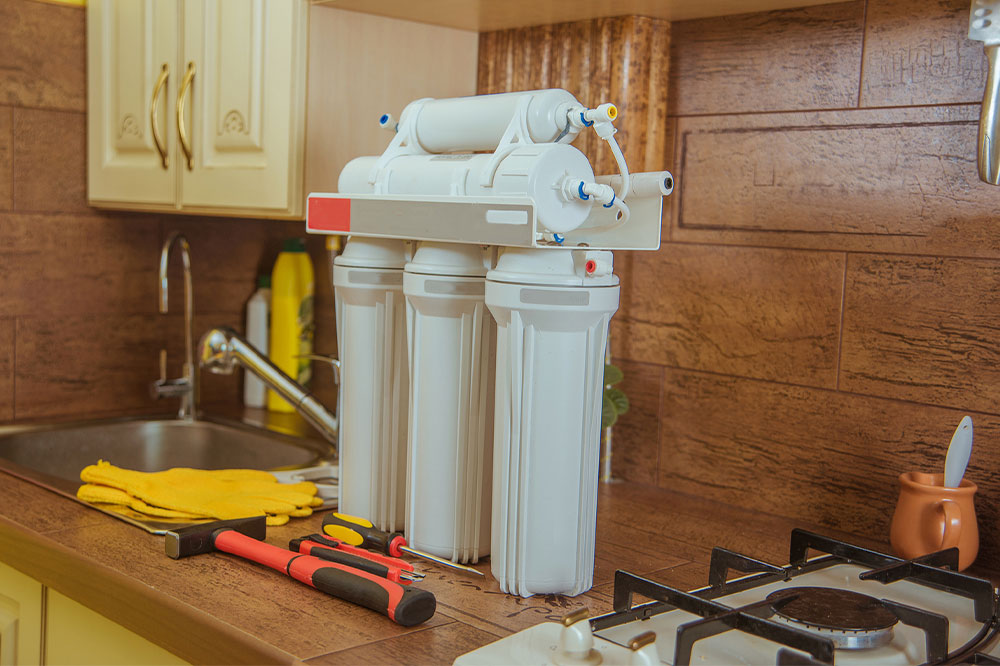Main differences between air filters and purifiers
Every resident wants clean air in their home. So, they need to know the difference between air filters and purifiers. When you have a heating and cooling system at home, you have an air filter, which is a part of the home’s HVAC system. But will the air filter suffice to keep the air inside clean? Herein, we discuss the differences, uses, and pros and cons of both to help you make a wise decision.

Types of air filters
Air filter sieves the pollutants like mold, dust, allergens, and bacteria out of the air. Even though air filters and purifiers serve the same purpose, their functions differ.
HEPA filters
The highest efficiency filters, High-Efficiency Particulate Air filters, trap as much as 99.97 percent of particles, even those as tiny as 0.3 microns. You can find these filters in industries, homes, and hospitals.
Fiberglass
This is one of the most prevalent disposable filters. They trap the pollutants in fiberglass material layers. A few such filters are electrostatically charged to heighten the number of particles they trap.
Activated carbon
These are porous and excellent at trapping matter, mainly using them as pre or secondary filters.
Washable filters
As is apparent, they are reusable and so cost-effective.
Uses
They clean the air circulating through the heating and cooling systems in the home. Its filters trap and hold several contaminants and particulates like animal fur, hair, lint, fiber, dirt, dust, mold spores, pollen, microorganisms, bacteria, wood, plaster, or metal particles. Exposure to these may intervene with your health.
Pros and Cons
A major advantage of using filters is that they collect dust, typically larger particles, and dander. However, they come with fans that can are quite noisy. Moreover, these devices are expensive to buy and replace. And a concern these devices don’t address is that of the negative-ion.
Types of air purifiers
Life air purifier, a filter, is a device that eliminates the pollutants from your surroundings to better the air quality, giving you fresher air to breathe.
UV light purifiers
The radiation sterile the microorganisms, making them harmless.
Absorbent purifiers
These utilize an activated charcoal filter by absorbing the airborne particles within the purifier. It is a porous material, thus beneficial for trapping molecules.
Ionic air purifiers
Such purifiers activate an electrical field, so the ions attach themselves to the bacteria in the air. Such ions then get attracted by the purifier’s opposite charge and clean the air.
Uses
They reduce the allergen load in the environment by controlling the environmental triggers for people who suffer from allergies. They may filter some chemicals in the air. They help with pet dander and dust. They eliminate mold spores from the air. Air purifiers manage the air quality in the home and curtail exposure to these contaminants. Hence, it provides relief from asthma triggers. They reduce susceptibility to airborne diseases.
Pros and cons
Air purifiers the airborne pathogens that cause sickness and allergies. These devices are less expensive than filters and operate silently. However, such a device is inadequate for dust removal. Without good air circulation, they purify the air only in one area of the room.
Functionalities of air filters and purifiers
You can find air filters in different sizes and types, ranging from the expensive, larger, and more sophisticated models to the inexpensive tabletop models. Their primary purpose is to filter the air and accumulate the more significant dust particles like pet dander and dead skin.
On the other hand, air purifiers come in different sizes, depending on the room’s area. Their primary objective is to sanitize the air by completely neutralizing or trapping the particles like toxins, allergens, and pollutants.
While the air filters clean the air in the home, a purifier helps sanitize it. Even though a filter can accumulate large particles, it does not work against smoke, viruses, bacteria, chemicals, mildew, or mold. Unfortunately, regardless of how efficient the air filtration system may be, it cleans what’s brought back into the system via the duct return system.
On the contrary, the purifiers help sanitize the air from airborne particles like smoke and mold. In addition, an air filter depends mainly on its fan to clean the air. So, if you use it in a higher setting, it may result in noise pollution. Hence, opt for the one with a low published noise rating.
Overall, when installed together, both devices can be beneficial. But if you wish to remove allergens from the air, an air purifier with a HEPA filter shall be a better pick. Also, since the risk of allergies and pollution is higher in the winter, an air purifier is almost necessary for the cold weather.

